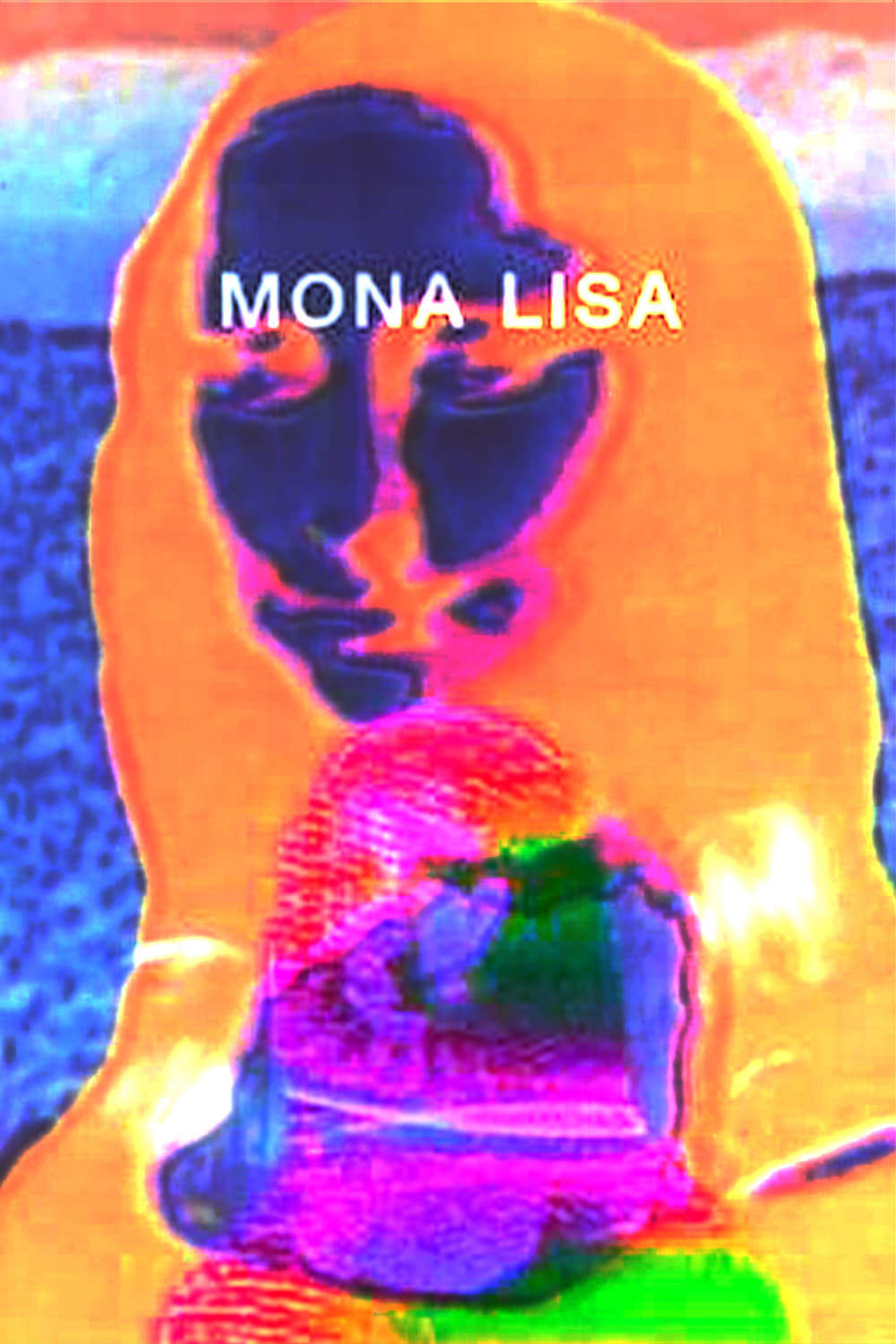Stuck
Watch Movie
Share
Stuck
1974
0h 9m
0.0(0 votes)
Overview
Short video art piece.
Production Companies
Similar Movies
Recommended Movies

No Recommendations Yet
We're working on finding the perfect movies for you. Check back soon!
More movies coming soon
